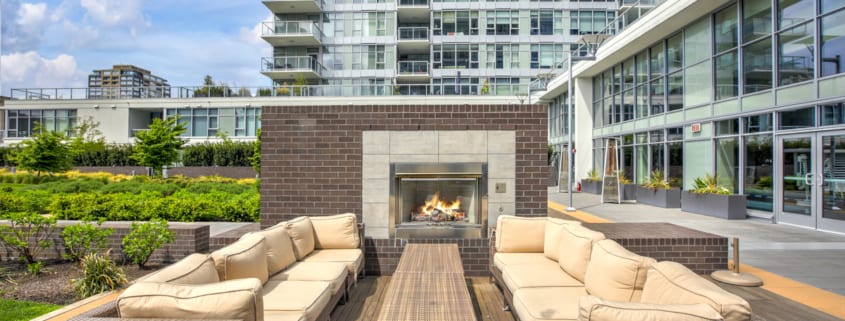Using Tenant Experience to Boost Occupancy
To effectively attract and retain high quality renters, as well as to boost occupancy rates overall, property managers are shifting to focus more on tenant experience and engagement. This transition is largely in response to tenants’ changing expectations and demands. As tenant wants, needs, and desires evolve, property managers need to stay abreast of opportunities in the industry to develop and curate a memorable tenant experience.
What is Tenant Experience?
In short, “tenant experience” refers to the perception that occupants have of the property that they are renting, as well as the management of said property. It takes into consideration the fact that tenants are not homogeneous and that the experience should be tailored to meet each tenant’s needs, wants, and expectations.
The idea of tenant experience is relatively new, at least for the commercial real estate market. But user experience is redefining many traditional industries. Consider, for example, how Uber and Lyft do not own a single car, and Airbnb and HomeAway do not own any homes. The experience is what keeps users loyal to a particular company, or, in this case, property.
Tenant experience also doesn’t appear to be a passing trend. A recent NAIOP survey found that commercial property owners select space based on Product (45%), Cost (31%), and Service (24%), but tenants’ expectations don’t align this same way. Renting decision-makers prioritize Service (56%), Product (30%), and then Cost (14%).
Benefits of Prioritizing Tenant Experience
Tenant experience is really a strategy for maintaining high occupancy and renewal rates. However, it requires thinking beyond the day-to-day. Property managers need to shift their focus from just signing leases to considering how to retain tenants in the long-term. There are many benefits to curating a memorable experience for tenants, including those outlined below.
Improve Tenant Satisfaction
The industry is seeing consistent densification, with an average of 35% more people in the building than ten years prior. This increase means that there are more people using shared building spaces such as parking lots, elevators, restrooms, and common spaces. That puts even more pressure on property managers to make sure tenants are satisfied and their needs are met. By using personalization, you can drive behaviors that enable tenants to really thrive in their space. Curating that tenant experience adds more value for occupants and cultivates positive tenant sentiment.
Build Lasting Tenant Relationships
Experience drives loyalty. You can walk away from a building, but it’s much more difficult to walk away from a relationships and experience – the barriers to change are much higher. Providing tenants with an amazing experience makes them much more likely to share positive reviews and recommendations, as well as boosts retention.
Compete More Effectively
The CRE market is largely saturated in many regions, and at the end of the day, most property managers are selling the same thing: space. What can be a huge differentiator is how you engage and communicate with tenants – and this is something that is entirely within your control. Further, tenants are 4x more likely to relocate due to problems with the service they receive, but over 80% of people would pay more if it meant they received a better experience.
Examples of Tenant Experience
Property managers can go beyond amenities and incentives to provide a best-in-class tenant experience that offers consistent and meaningful services. Below are just a few ways you can get started.
Leverage Digital Communication Tools
Having modern property communication tools is considered to have the greatest impact on tenant satisfaction. Whether it’s a built-out website or a mobile app, tenants want the ability to receive notifications, access info about shared building resources and amenities, request help or maintenance, connect with other tenants, and even make food or retail orders from other tenants. This type of technology also enables the property manager to proactively provide regular and frequent updates, as well as tailor notifications to each tenant.
Create a Service Program and Set Expectations
Building Engines conducted a survey and found that one of the top factors renters look for when considering their tenant experience is “service delivery responsiveness”. Again, investing in technology is key – these advancements provide tenants with instant access to important information about their property. It can also improve communication and accelerate the resolution of any issues or complaints. Make sure to identify how you will prioritize requests, who is responsible for responding, what sort of time frame tenants can expect, and how you will collect and utilize feedback.
Automate Building Operations
The interconnectivity of systems today means it’s much easier to customize areas such as comfort-level. Further, recent technological advances enable real-time alerts and adjustments, which can be triggered by exceeding or dropping below specified thresholds for temperature, humidity, C02 concentrations, and lighting levels. These areas can be tailored based on tenant preference, making their environment much more enjoyable.
In addition to improving the tenant experience, many of these strategies also serve to increase the building’s operational efficiency, a win-win for both tenants and management.
Learn more about multifamily housing trends here











